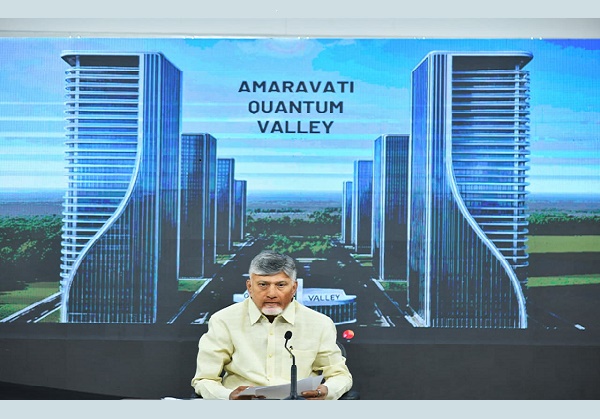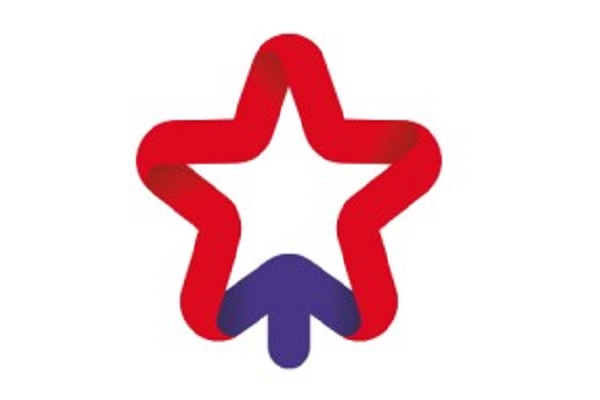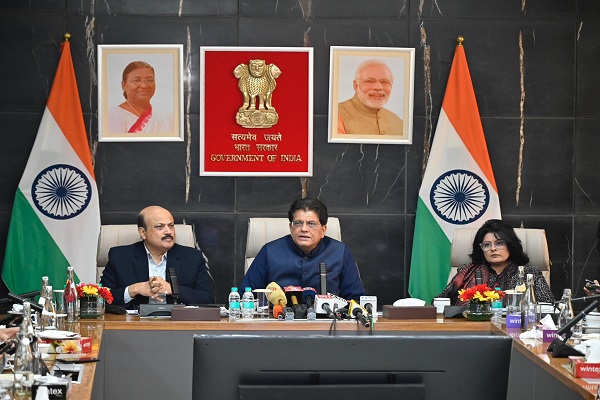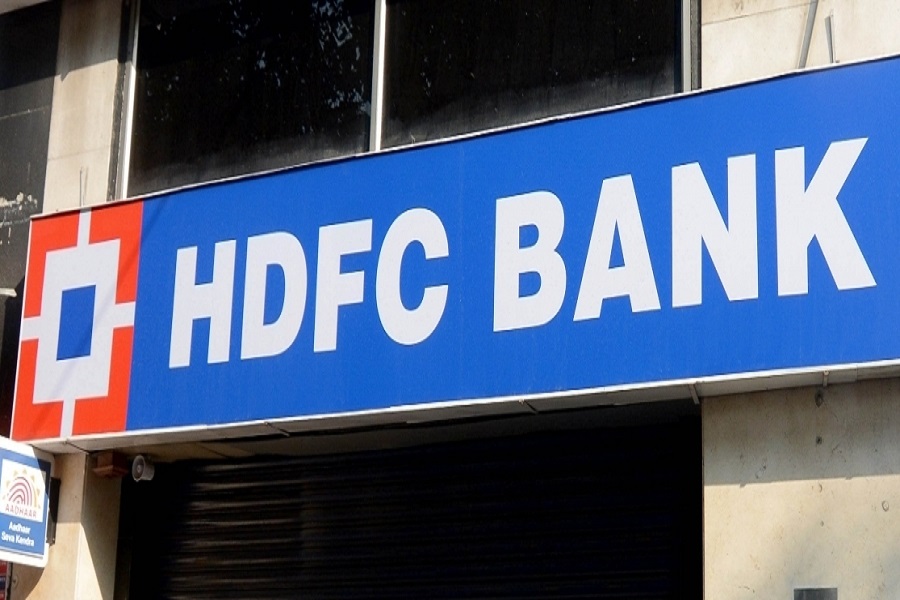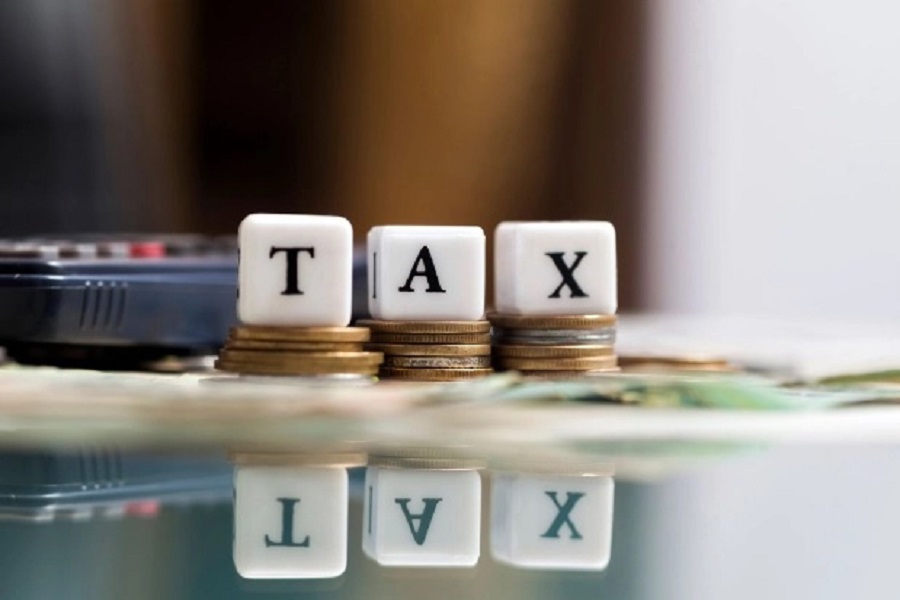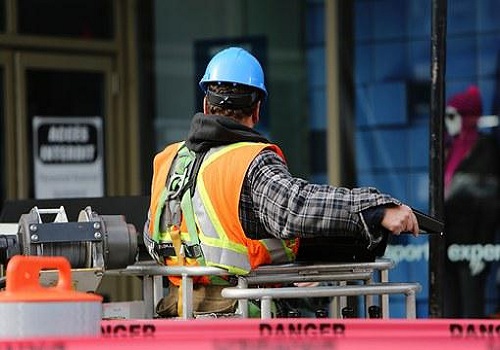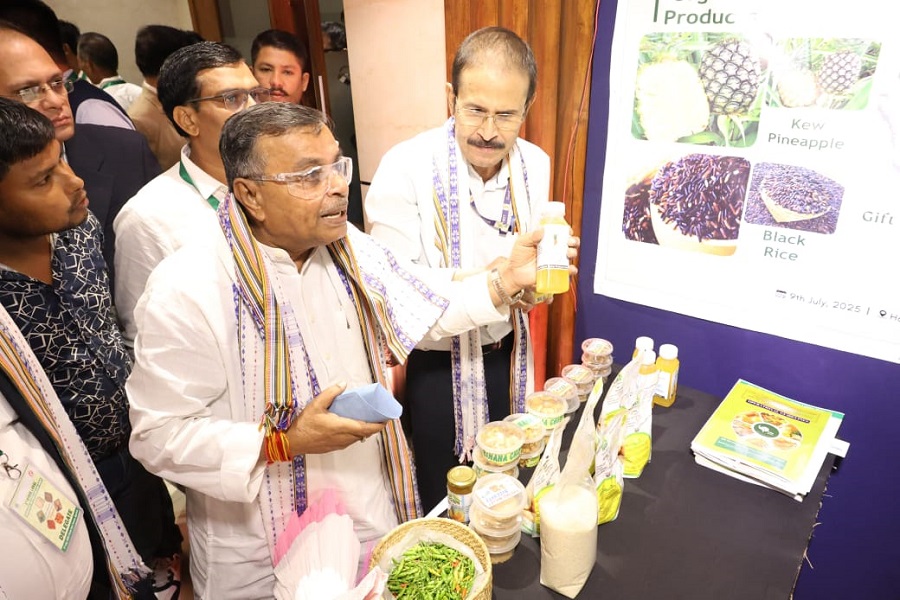Two-Wheeler sales volume to grow by 8-9% in FY26: CareEdge Ratings
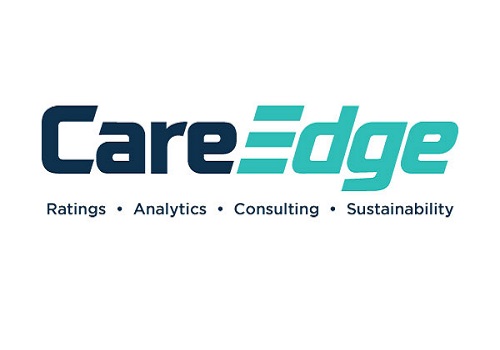
According to CareEdge Ratings, India’s two-wheeler industry is poised to surpass pre-COVID sales levels in FY26, with an expected volume growth of 8–9%. While the high base of FY25 and the rollout of OBD-II Phase-B emission norms may temper the pace slightly, the overall outlook remains strong. Key tailwinds such as easing inflation, higher disposable income driven by a full income tax rebate for individuals earning up to Rs 12 lakh p.a., and a more accommodative monetary policy – highlighted by the cumulative 100 bps rate cut by the RBI since February 2025 with recent 50 bps rate cut announced in June 2025 – are set to boost consumer sentiment and affordability. A favourable monsoon could further strengthen the growth prospects, setting the stage for the industry volumes to surpass pre-COVID levels.
CareEdge Ratings notes that during the past three years, ending FY25, the Indian two-wheeler industry maintained healthy volume growth of 8%, 10%, and 11% in FY23, FY24, and FY25, respectively.
Volume growth in FY25 was supported by a substantial 21% export recovery and a 9% rise in domestic volumes. The export recovery was due to stabilisation in key markets affected by inflation, high interest rates, and currency issues in earlier years. Domestic volumes were supported by a substantial uptick in rural demand and sustained urban demand.
Madhusudhan Goswami, Assistant Director at CareEdge Ratings said, “CareEdge Ratings anticipates that the two-wheeler industry is set to vroom past the pre-COVID levels in FY26 with healthy volume growth of approximately 8-9%, aided by export volumes accelerating at 12-14% and domestic sales volumes maintaining a steady 6-8% rise. This growth trajectory will be driven by strong export demand, rising adoption of electric vehicles (EVs), easing inflation, and a revival in rural sentiment, supported by expectations for a favourable monsoon and improved income levels. Additionally, the cumulative 100 bps rate cut by the RBI since February 2025 with recent 50 bps rate cut announced last week, is expected to enhance affordability and boost demand”.
“While domestic two-wheeler sales growth may moderate slightly due to a higher base, strong export momentum and rising EV adoption will help to sustain overall industry volume growth. Implementing OBD-II Phase-B emission norms is expected to have minimal impact, with the market showing resilience and adaptability. Additionally, good traction in executive and premium segment motorcycles is expected to support this growth in FY26”, said Arti Roy, Associate Director at CareEdge Ratings.
In FY25, rural areas accounted for 58.30% of total retail registrations, marginally up from 57.9% in FY24. While FY25 wholesale volumes of 23.81 million units remain just below the FY19 peak, the industry is steadily closing the gap. Though recovering from post-COVID challenges and price sensitivity, entry-level motorcycles have consistently improved since FY23. A shift in consumer preference towards scooters and executive motorcycles has also reshaped the market, signalling evolving demand patterns.
Growth in FY23 and FY24 was driven by strong domestic demand, with domestic sales volumes rising by 17% and 13%, respectively, despite a decline in export volumes by 18% and 5%, due to challenges in key African markets, which have traditionally accounted for a significant portion of India’s two-wheeler exports. Signs of revival in exports appeared from the last quarter of FY24, with robust double-digit growth in two-wheeler exports. In FY25, the industry witnessed an 11% volume growth, fuelled by a substantial 21% recovery in export markets and a 9% increase in domestic volumes. Export recovery was due to stabilisation in key markets after they were impacted by inflation, high interest rates and currency issues. Exports constituted 18% of total volumes in FY25.
Two-wheeler sales are set to maintain strong momentum in FY26, building on a robust FY25 performance. Despite a high base and a modest 1–2% price increase due to the implementation of OBD-II Phase-B norms, the industry is well-positioned for 8–9% volume growth in FY26. Key tailwinds—including easing inflation, increased disposable income from full income tax rebates for individuals earning up to Rs 12 lakh p.a., lower interest rates following the RBI’s cumulative 100 bps rate cut since February 2025 with recent 50 bps rate cut announced in June 2025—are expected to drive demand. A favourable monsoon could further strengthen the growth prospects, allowing the industry to surpass pre-COVID levels.
CareEdge Ratings notes that the scooter segment recorded strong double-digit sales growth for the third consecutive year, which ended March 2025, with 26%, 13%, and 17% increases over the last three fiscal years. Scooter sales will remain healthy and outpace motorcycle sales growth in FY26.
Though, Motorcycles have consistently dominated the market, contributing to most of the two-wheeler sales. In FY25, motorcycle sales volume grew by 9% (PY: 8%), while scooter sales grew by 17% (PY: 13%). This growth trend is expected to continue in FY26. Motorcycles remain popular due to their fuel efficiency, cost-effectiveness, and versatility, while scooters have gained traction, especially among urban commuters. The rising appeal of electric two-wheelers (E2Ws) also contributes to the overall growth.
While sales volume of entry-level motorcycles grew by only 8% y-o-y in FY25 (PY: 6%), executive and premium motorcycle volumes grew by 12% (PY: 14%) and 10% (PY: 16%) respectively. Entry-level motorcycles accounted for 72% of the total sales volume, whereas executive and premium motorcycles accounted for 20% and 8%, respectively. In FY19, motorcycle volumes had reached a pinnacle of 16.46 million units, with the entry-level segment constituting 75% of the industry's sales volumes. While the share of the entry-level segment has gradually declined, signs of recovery are visible over the last three years. The segment has shown steady improvement since FY23, contributing to the industry's overall rebound. Although total volumes are yet to fully match FY19 levels, the growth in higher-capacity, premium two-wheelers, combined with the ongoing recovery in entry-level models, reflects a more diversified and resilient market structure.
CareEdge Ratings notes that the overall growth of two-wheeler volume over the last three fiscal years has been supported by the increasing demand for electric two-wheelers (E2Ws). In FY23, E2Ws sales reached approximately 0.78 million units, accounting for 4.38% of total two-wheeler sales (compared to 1.78% in the previous year), reflecting a remarkable year-on-year growth of 180%, albeit on a very low base. This positive trend continued with E2W sales growing by 29% in FY24 and 19% in FY25 to reach 1.20 million units in FY25.
Above views are of the author and not of the website kindly read disclaimer




